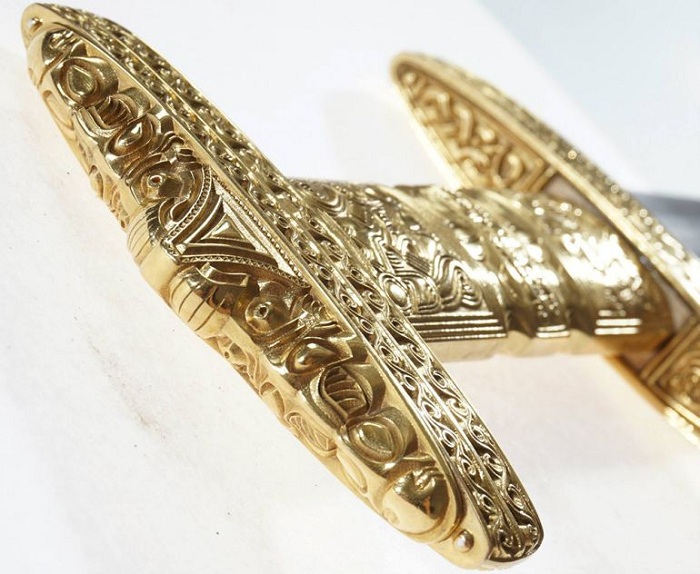If someone had told you even a decade ago that you would soon be able to create objects seemingly out of thin air with a printer, you might have laughed. Although the idea of replicator technology has long since been established through science fiction, most famously on the ‘Star Trek’ franchise, most people probably filed it under the same category as self-driving cars, which is to say, unlikely. And yet, both are now very real technologies. Google, Tesla, and a number of other car manufacturers claim that there will be consumer models of self-driving cars within the next few years. And 3D printers, which began cropping up in aerospace, dental, and other industries recently, are already available in consumer models.
What’s truly amazing, though, is what people are already doing with them. You might be pleasantly surprised by the jewelry, housewares, and cell phone covers that vendors are selling on Etsy, but if you haven’t yet seen the replica of a sixth-century Roman/Viking hybrid sword created by game developer Nils Anderssen, it might be time for a trip to Norway. This piece, created in conjunction with Norway’s National Museum of Art, is not only a treasure because of the materials it’s made from or the fact that it exactly replicates a piece of history that is more than 1,000 years old, but because visitors to the museum can actually touch it, getting an idea of what it must have felt like to be a warrior living in the turbulent sixth century as the Roman empire began to collapse.
The project began when the National Museum of Art contacted Nils Anderssen about the prospect of recreating the sword. His particular skillset, including experience working with 3D design software (3D Studio Max) and his penchant for recreating historical artifacts for fun, made him the perfect candidate to take on this revolutionary project. And he approached it with an eye towards replicating the artifact exactly, by every measure, including ensuring not only that the materials, dimensions, and heft were correct, but also that every detail featured on this ornate and rare piece was precise.
He began by inputting photographs into 3D Studio Max in order to create a 3-dimensional, graphic model of the sword, complete with appropriate dimensions, down to the thickness of the blade and the sharp-edged and intricate patterns on the hilt. When he was satisfied that he had captured every minute detail in his graphic representation of the sword, he sent his work off to i.materialise, an online 3D printing service capable of reimagining the original sword in bronze. From there the pieces were cleaned, gilded, and assembled to create a product that could be mistaken as the original by any but trained professionals.
And the end result is a tangible piece of history that visitors to the National Museum of Art can touch and heft, even as they view the original in its protective glass casing. In short, 3D printing technology has created a truly novel experience for museum-goers, and it could certainly spread, with facilities looking to give visitors a hands-on experience rather than off-putting “Don’t Touch!” signs. And with 3D printing technologies expanding to include not only the printers themselves, but also modeling software and TriMet scanners designed to make 3D projects more accessible, consumers may soon be able to create such replicas to display and enjoy in the comfort of their own homes.

